김일성주의와 근대천황제
북한의 종교적 가리스마는 「초종교」의 단계로 접어들었다.
서정민(徐正敏) 메이지가쿠인대학 교수(종교사), 그리스도교연구소 소장
2018年08月12日
金日成
ソーシャルリンクをとばして、このページの本文エリアへ
*이 기사는 필자가 한국어와 일본어 2개국어로 집필하였습니다. 일본어판 도 함께 읽어 주시기 바랍니다.
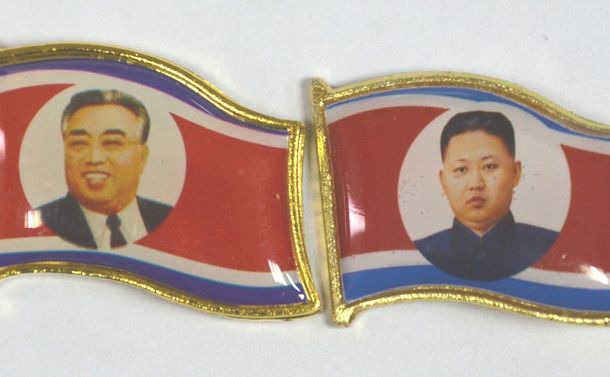
옴 진리교는 정치목표를 내걸었다
2018년 여름 '옴 진리교'의 옛 교주를 비롯한 간부들, 특히 '지하철 사린사건'(1995년 3월 20일 오전 8시 경, 옴 진리교가 도쿄 도심 지하철에서 화학적 살상 가스인 사린을 살포하여, 시민과 역무원 등 13명이 사망하고, 약 6,300명이 중경상을 입은 초유의 종교 테러사건) 관련자에 대한 사형집행이 진행되었다. 이로써 이 사건에 대한 법률적 처리, 정부로서의 정리 과제는 종결된 것으로 보인다. 무려 사건으로부터 23년여 만이다. 그러나 아직도 당시 목숨을 잃은 시민들의 유족, 부상을 입은 많은 이들, 정신적 '트라우마'를 겪고 있는 이들의 고통은 진행형이다. 더구나 최근 '옴 진리교'는 이름을 바꾼 몇 개의 분파 형태로 일부 계승자들이 포교를 지속하고 있다고도 전해진다. 이미 다 아는 사실이지만, '옴 진리교'의 일련의 사회적 충격사건은 사이비 종교집단에 의한 정치세력화 지향 과정에서 발생했다. 그들은 종교집단으로 출발했으나, 무모한 종말론적 혁명조직 실현이라는 정치적 목표를 설정했던 것이다.
홍수전(洪秀全)의 「태평천국」은 종교로부터 시작되었다
중국 청나라 말기 홍수전(洪秀全)은 이른바 계시를 받아, 종교단체를 조직하고 '태평천국' 운동을 전개했다. 그 모델은 기독교의 '지상천국설'이었으나, 곧바로 과격한 정치운동으로 변화했다. 홍수전을 천왕으로 옹립하고 청나라 군대와 대치하였다. 한 때 대규모 세력이 형성되어 난징(南京, 天京)을 태평천국의 수도로 삼고 거점을 확대해 나갔다. 차별철폐, 평등세계에 대한 열망으로 다수 민중, 여성의 지지를 받았다. 종교적 카리스마와 이상적 정치 이념을 일치시키며 당시 중국 사회에 큰 충격을 주었다. 그러나 청나라가 전열을 정비하여 대응했고, 내부의 대 분열로 몰락의 길을 걸었다. 홍수전이 죽은 후, 그의 후계자들도 체포되거나 전사했다. 1864년 태평천국의 수도 난징이 함락되면서 이 운동은 공식적으로 막을 내렸다.
역사상의 모든 종교는 정치지향적이다
先頭
前へ
1
2
3
4
일제 말 1944년 4월 박동기(朴東基)는 기독교계 신흥종교인 '시온산성일제국'을 창설했다. 장로회 전도사로 활동하던 그는 신사참배를 거부하다가 경찰의 수난을 받았고, 산속으로 피신하여 이른바 계시를 받았다고 했다. 그의 신흥종교 조직은 일본의 패망과 연합국의 승리를 선전하고, 독립투쟁을 선언했다. 그리고 '시온산제국헌법'을 선포하고 종파 조직 내에 정부조직을 구성했으며, 독립적 연호를 만들기도 했다. 해방 직전인 1945년 5월 박동기와 신도 33명이 조선총독부 경찰에 체포되었고, 단체는 해산되었다. 해방 후에 재건되었으나, 한국 정부와 국기배례 거부 등으로 다시 갈등을 빚었다.
이상의 역사적 예는 직접적인 종교의 정치지향 예이다. 그러나 이것은 동아시아에서 몇몇 사건화 된 사례일 뿐이다. 역사상, 혹은 현재의 대부분의 종교는 어떤 형태로든지 정치에 영향력을 행사하거나 관여하려는 관성을 지니고 있다. 그것이 세계적 종교이든, 혹은 지역을 중심으로 하는 토착적, 군소종교이냐는 별반 차이가 없다. 오직 특별한 내세지향, 피안적 신비주의 성향의 일부 수도자형 종교는 예외로 둘 수 있으나, 대부분의 역사상 종교는 정치지향적이다. 이런 면에서 본다면, 근대국가의 한 특징으로 자리하는 '정교분리'의 목표 항목은 단지 국가권력으로부터 종교와 신앙양심의 자유를 보장하고자 하는 원래의 목적이 중심이기는 하지만, 한편으로는 무분별한 종교집단의 정치세력화 현상을 경계하는 의미도 함축하고 있다고 볼 수 있다.
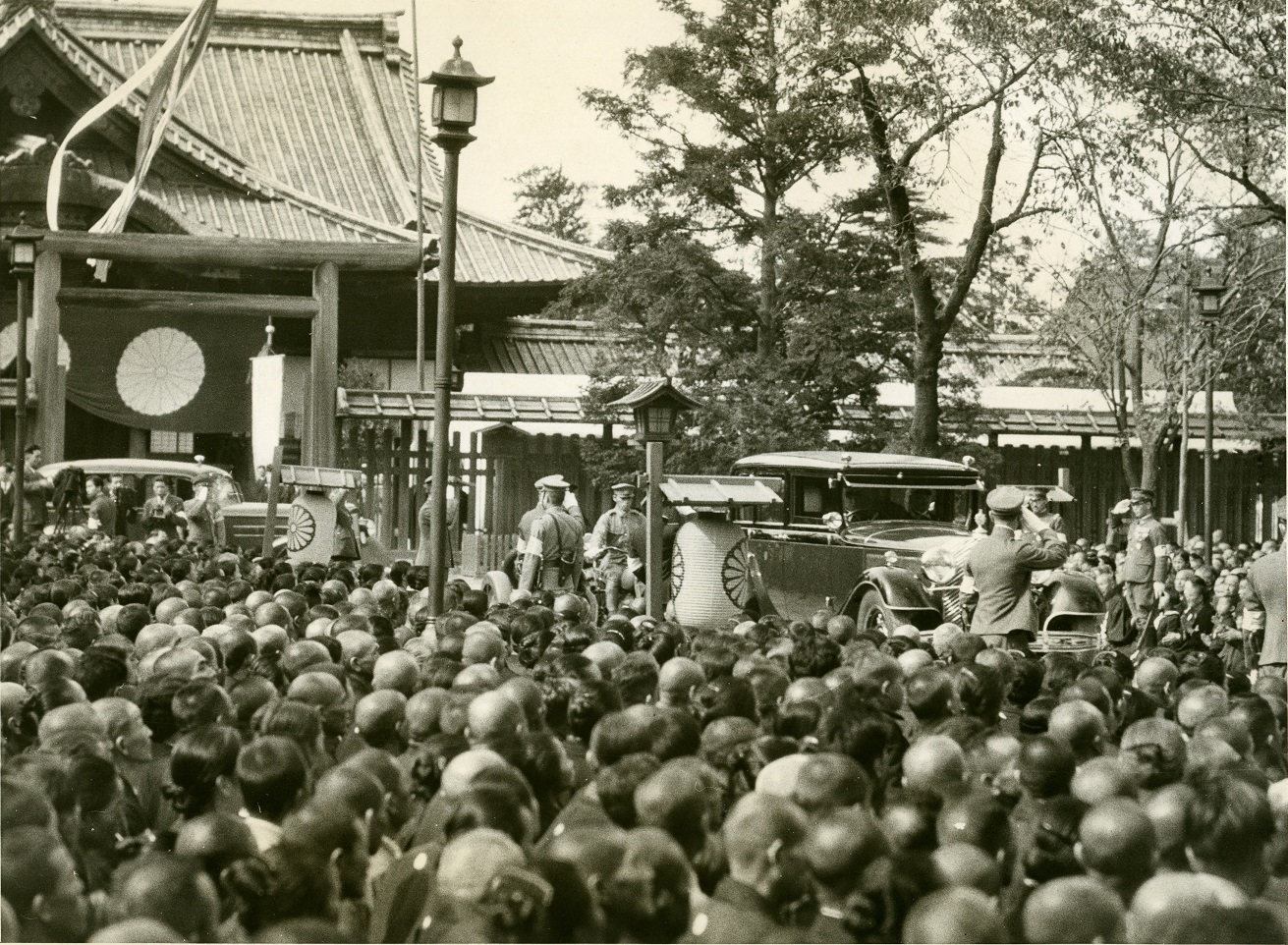
근대천황제는 '초종교'였다
앞에서 종교의 정치세력화 현상이나, 종교집단의 정치 지향목표의 예를 일부 살폈으나, 여기서 총체적으로 재론해야 하는 것은 역시 정치에서의 종교적 카리스마 이용의 문제이다.
일본의 근대국가 형성사에서 '근대 천황제 이데올로기'는 '초종교'로 규정되었다. 즉 천황제 국가의 정치적 카리스마가 분명히 종교적 성격을 강력히 표방했음에도 이는 다른 종교적 권위와 충돌을 빚는 수준의 것이 아니라는 것이다. '천황의 권위'와 '국가신도'는 모든 종교의 권위 위에 위치하는 것으로 종교신앙의 양심과 충돌하는 차원의 것이 아니라는 논의였다. 이러한 논리는 신사참배를 확대, 강제하는 시대에는 '신사비종교론'으로 전개되었고, 여기에 반대하는 크리스천을 비롯한 종교적 신념을 강하게 지닌 사람들을 설득하는 제일논리였다.
즉 천황의 신민인 일본국민은 비록 개인적으로 어떠한 종교신앙을 지녔더라도, '초종교'에 해당하는 '천황숭배'와 '국가신도' 참배는 자신의 종교신앙과 서로 충돌하거나 배치되는 것이 아니라는 것이다. 종교와 종교 간에는 서로 상충하거나 갈등할 수 있지만, '초종교'와 '종교'는 그것이 종적인 순번으로 위치하기 때문에 갈등이 초래될 이유가 없다는 것이다. 이러한 종교와 정치 카리스마의 재편 논의는 파시즘 절정기 일본 정치의 독특한 사례로 그 특징을 검토할 필요가 있다. 즉 대부분의 경우, 최고의 정치 카리스마를 종교의 차원으로까지 전개시키는 것이 보통의 경우이다. '정치의 종교화'라든지, '정치지도자의 신격화' 같은 개념이 대부분 거기에 속한다. 그러나 이 시기 일본의 정치적 카리스마는 종교적 차원을 넘어서 '초종교'의 위치까지 격상되는 것이다. 이는 정치 카리스마의 종교적 차원의 단계를 넘는 것으로, '초종교'의 위치에 선 정치 카리스마에 모든 종교 권위를 복속, 예속 시키는 차원이었다. 당시 일본기독교계의 '일본적 기독교', '일본신학'에게 부여된 엄밀한 의미의 과제는, '기독교'를 '천황제 이데올로기' 아래 원만히 예속시키는 목표 수행이었다. 물론 여기에 반대한 소수의 견해도 존재했음 또한 사실이다.
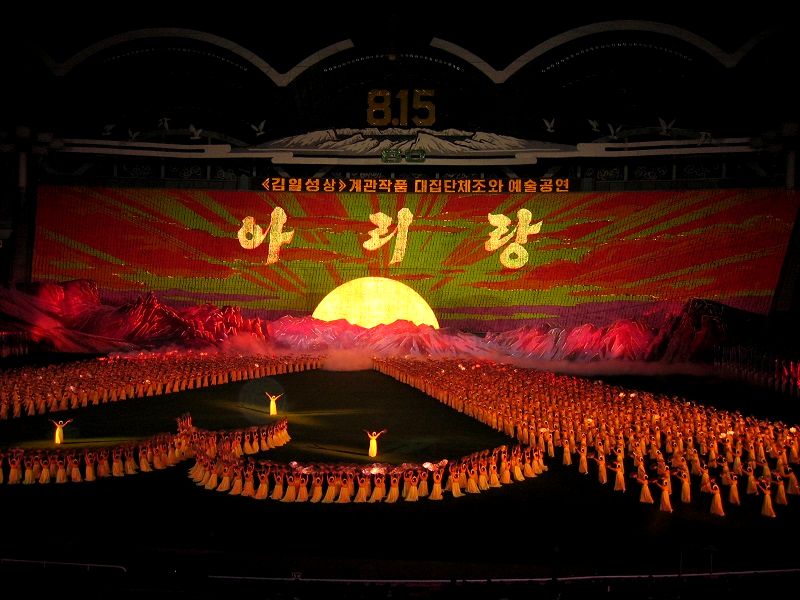
북한의 주체사상 역시 「초종교」이다
물론 근대 역사 속의 일본, 현재의 북한 정치만 종교적 카리스마와 관련 지어 볼 필요는 없다. 다수의 원리주의 이슬람 권 국가를 비롯, 지금도 종교와 정치가 불가분의 관계에 놓인 사례는 얼마든지 있다. 이미 언급했지만, 헌법적 가치로, 법률적 실제로 규정한 다수 근대국가의 '정교분리' 원칙 하에서도 복잡한 형식으로 종교와 정치는 상호 관여하고 영향을 주고 받는다. 그럼에도 불구하고 북한 정치의 '종교적 카리스마'로서의 특징은 두드러진다.
북한의 정치, 경제, 사회, 문화의 모든 측면에서 '김일성주의'로도 환언되는 '주체사상'이 그 기축인 것은 두 말할 필요가 없다. 결국 '주체사상'은 정치적 통치이념에서 출발한 것이지만, 이미 북한 현대사의 기저 사상의 위치로 확산되어 그 사회의 궁극적 바로미터가 되고 만 것이다. 굳이 비교를 해 보자면, 근대 이후 일본에서 성립되었던 '근대 천황제 이데올로기'의 실행, 구현 과정과 유사한 특징이 있다. 예를 들어 북한의 종교적 권위, 특히 어느 종교보다 신앙적 아이덴티티가 배타적이며, 강력하다고 할 수 있는 기독교에서마저도 '주체적 기독교'라는 용어를 발견할 정도이다. 다시 말하면, 북한의 기독교 신학의 여전한 과제는 '주체 기독교'의 성립, 지나치게 말하면, 기독교를 주체사상 아래 원만히 예속시키는 것에 있다고도 볼 수 있다. 이러한 측면을 고려하면, 뚜렷한 용어로 규정할 수는 없다고 해도, 북한의 종교적 정치카리스마는 이미 '초종교'의 단계로 이행되었는지 모른다. 바로 이러한 북한 정치의 특성을 객관적으로 파악하는 것이 남북 화해, 동아시아 평화구축을 위해서 각별하게 요구되는, 전 이해의 한 과제라고 할 수 있다.
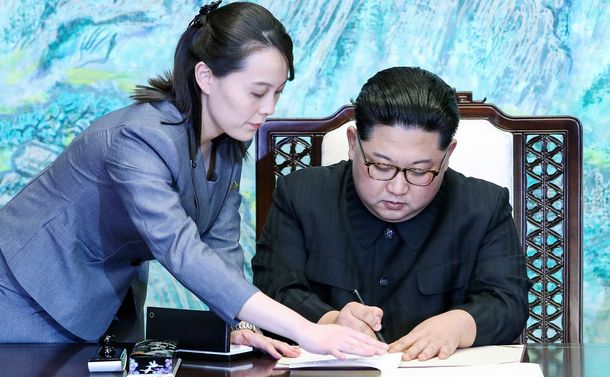
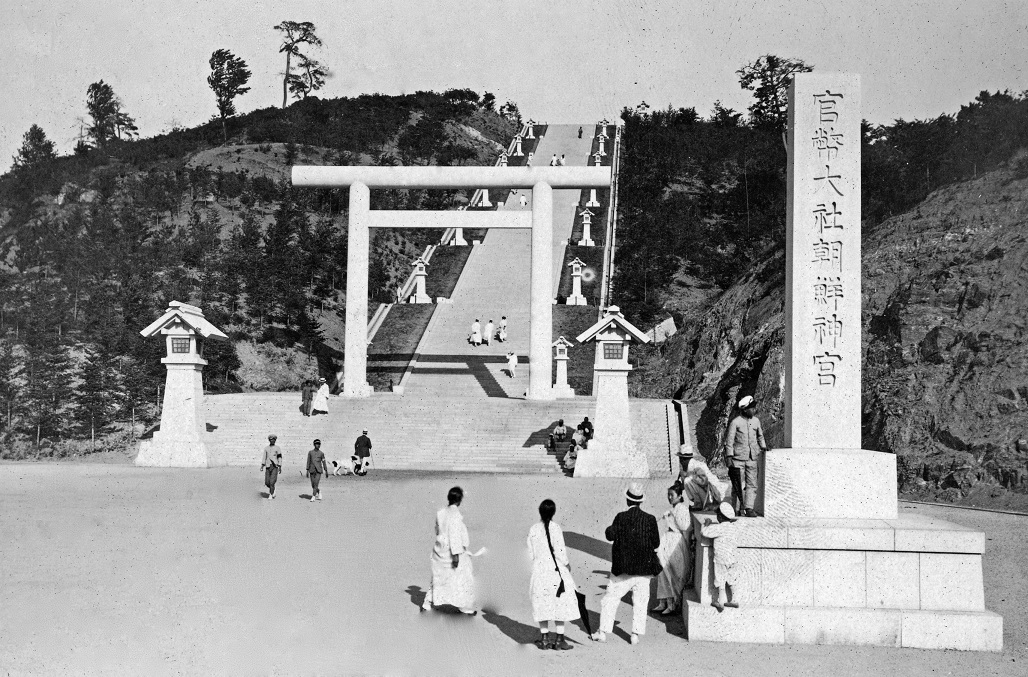
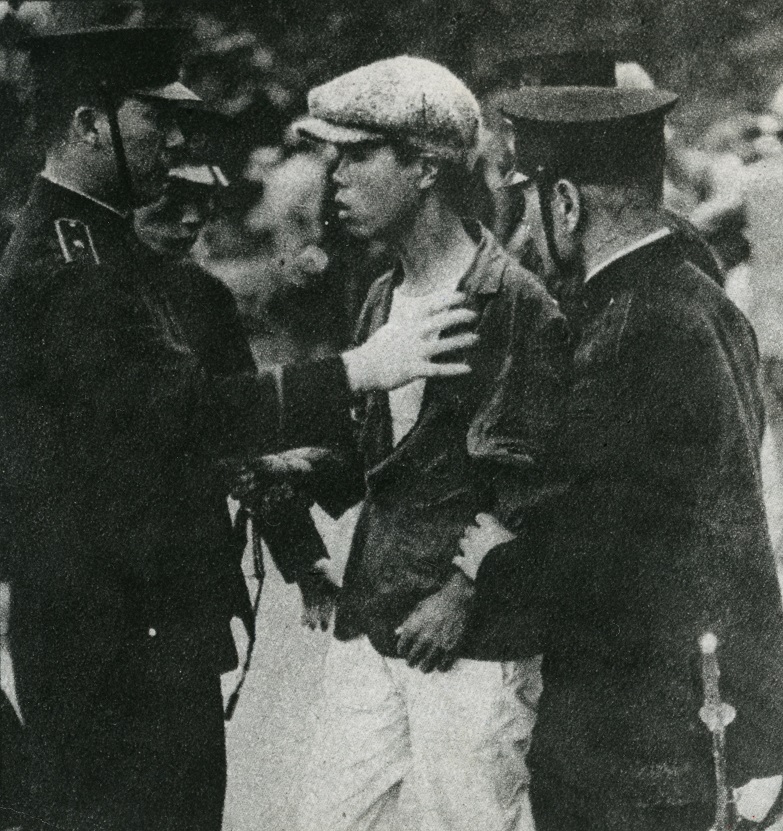

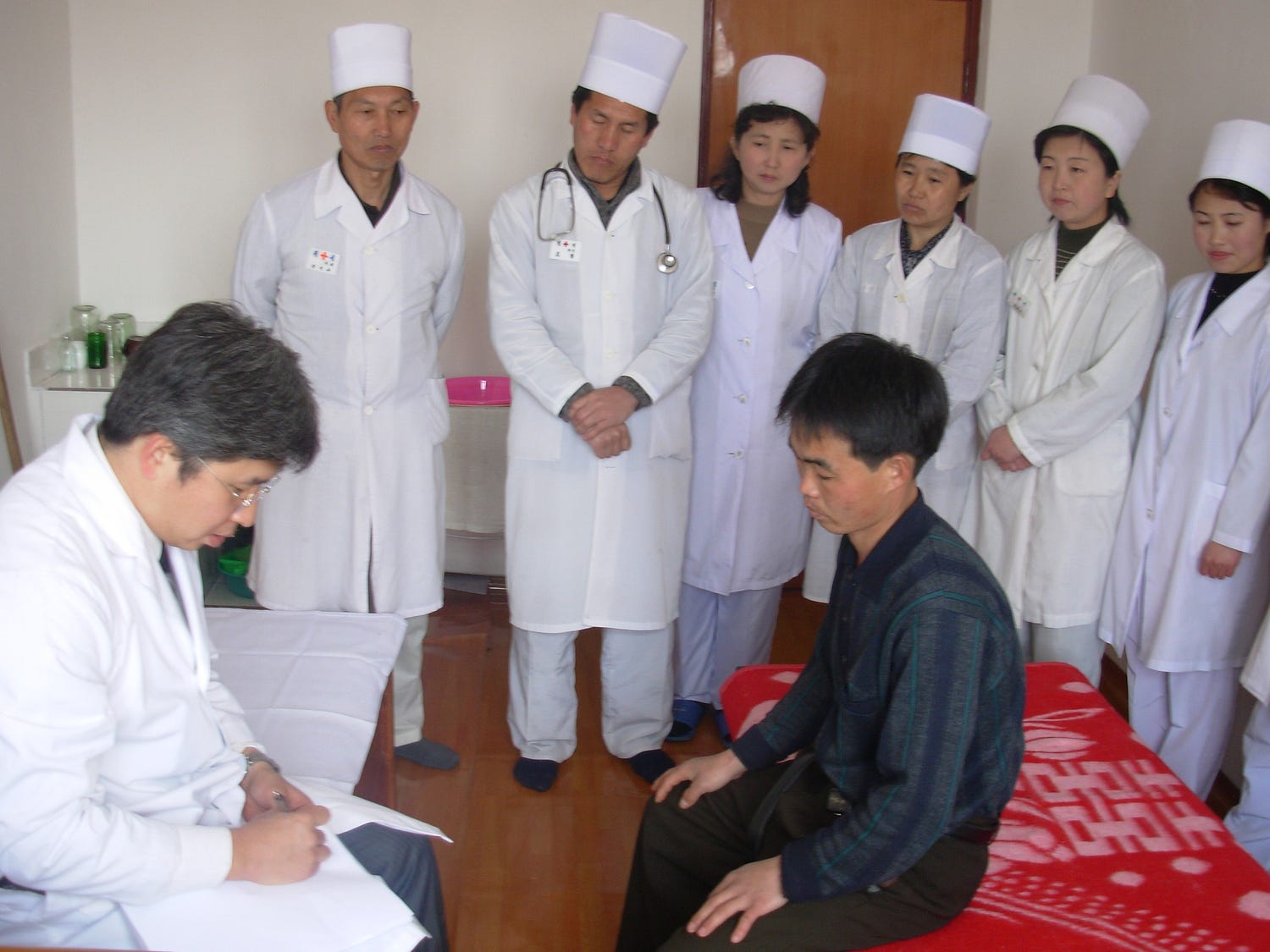 Stephen Yoon Treating Patients and Training Doctors in Northeast DPRK
Stephen Yoon Treating Patients and Training Doctors in Northeast DPRK











